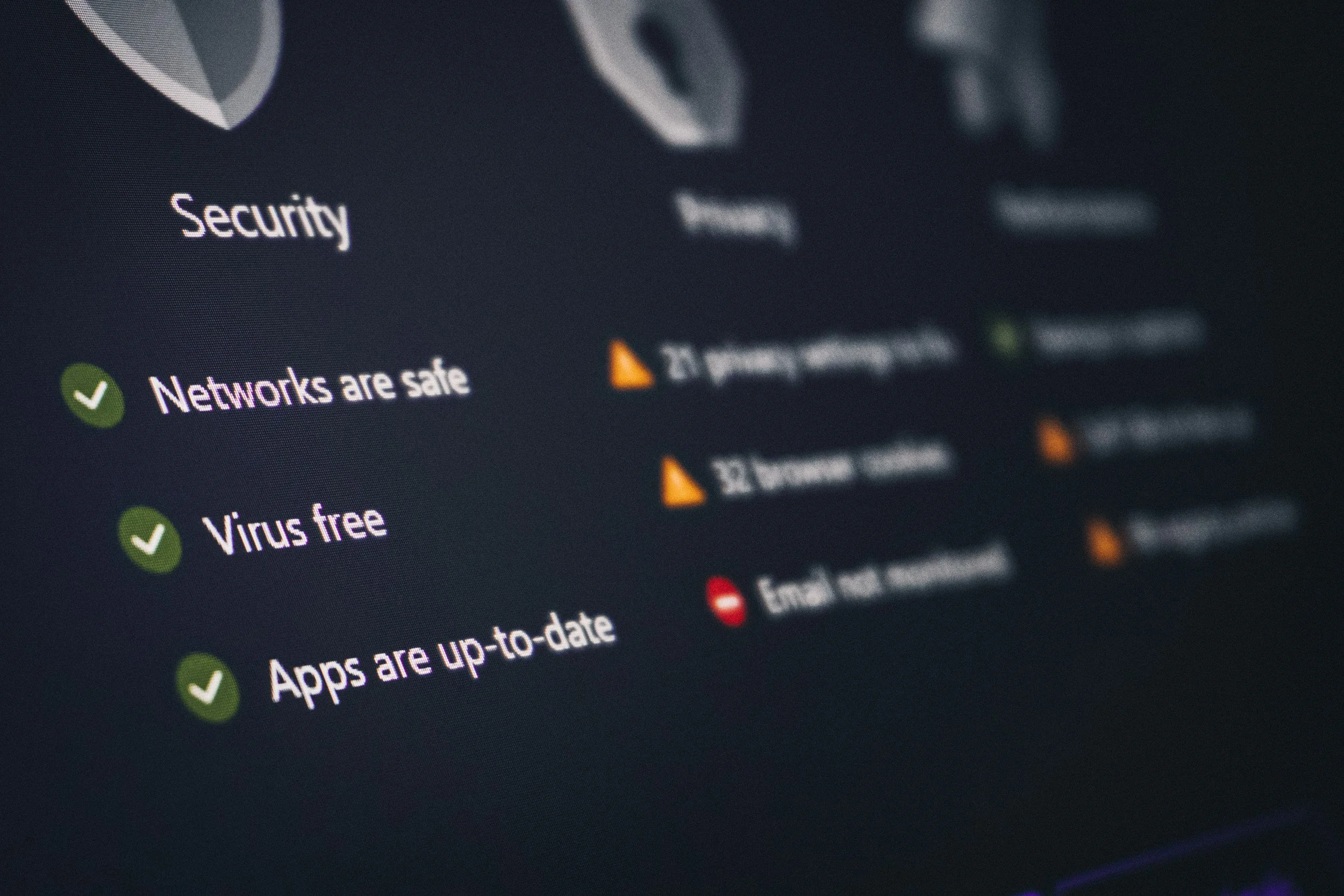Is Your Business Still Running End-of-Life Software? Hidden Risks for Derby SMEs
Did you know that running outdated or unsupported software is one of the most common causes of business data breaches? Many small businesses across Derby and Nottingham rely on legacy systems that no longer receive updates — making them prime targets for cyber criminals.
⏳ What Does “End-of-Life” Mean?
When software reaches end of life (EOL), the developer stops releasing updates or patches. That means new vulnerabilities remain unpatched, leaving your systems open to attack.
Common examples include:
Windows 10 (support ends 14 October 2025)
Older Windows Server versions (2012, 2016)
Routers and firewalls without firmware updates
Legacy industry software that hasn’t been upgraded in years
⚠️ The Risks of Ignoring EOL Systems
No Security Updates → easy entry point for ransomware.
Compliance Failures → breaches Cyber Essentials, GDPR, and insurance requirements.
Operational Downtime → unsupported software often breaks when connected to modern systems.
Cybercriminals actively scan for known vulnerabilities — meaning once support ends, those systems are high-value targets.
🧠 What You Can Do
Audit Your Systems — Identify all devices and software nearing end of life.
Upgrade or Replace — Move to supported OS versions where possible.
Purchase ESU (Extended Security Updates) — For Windows 10, these are available until October 2026 for about £25 per device.
Schedule Regular IT Audits — Censor Security can highlight at-risk systems before they become liabilities.
💡 Summary
End-of-life software is a silent cyber threat that grows as support deadlines approach. A proactive audit and upgrade plan will keep your Derby or Nottingham business compliant, secure, and future-ready.

